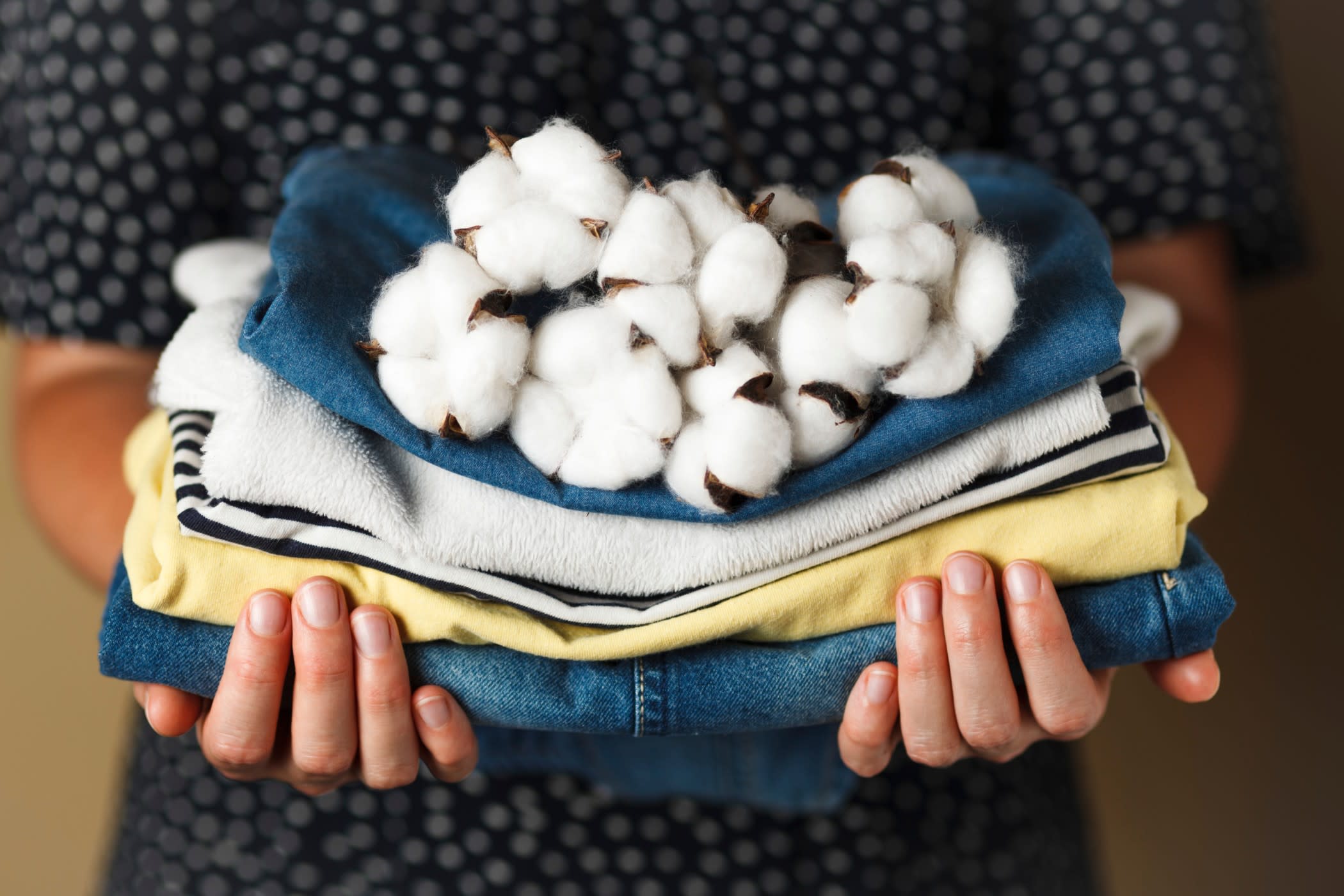How Brands Can Embrace The Sustainable Fashion Opportunity

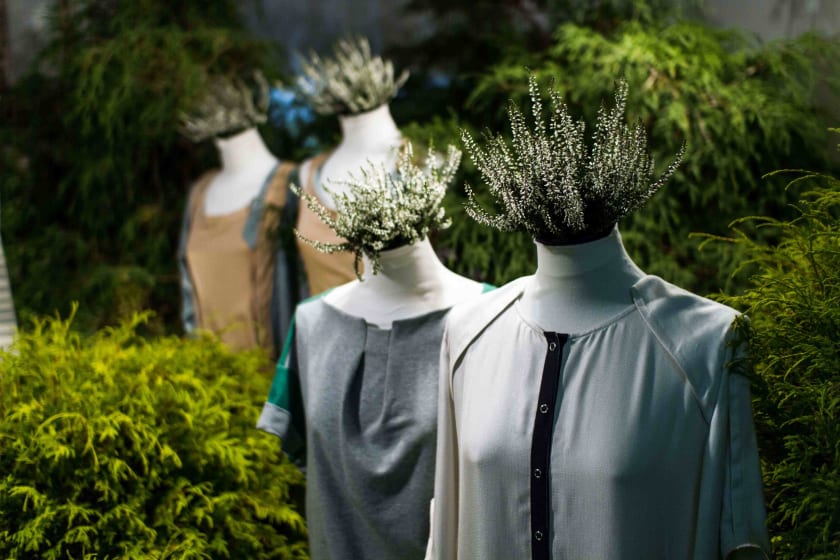

Summary: Fashion has a huge impact on the environment, both in terms of the resources that are used to produce the garment and the waste that is produced when the garment is no longer wanted. There is an opportunity for brands to embrace sustainable fashion and help the environment, which is what this blog will explore.
Fashion Pollution
The fashion sector, which accounts for 10% of all carbon emissions and more than all international travel and shipping put together, is the second biggest contributor to industrial water pollution in the world. The dyeing of materials and the addition of qualities like wicking and waterproofing, which are still done by decades-old, highly polluting traditional methods, are two of the most destructive steps in the garment production process. To put the problem in perspective, the dyeing process alone accounts for 8.3 trillion metric tons of wastewater containing dye pollution and 553 billion metric tons of CO2 annually from the total amount of clothing purchased worldwide. Furthermore, if fashion companies do not take action to change the way their garments are dyed, CO2 emissions from the clothing industry are expected to reach 2.5 gigatonnes by 2050.
Applying Fashion Sustainability
Fashion textiles and goods are only one aspect of sustainable fashion. Sustainability in fashion covers every step of the production, usage, and disposal of clothing, including who, what, how, when, and where it happens, as well as how long the item will be usable before going to waste. The sustainable movement aims to lessen the environmental effects of fashion, such as air pollution, water pollution, and overall climate change, to combat the significant carbon footprint that 'fast fashion' has produced. Let's discuss a few sustainable practices that a brand can embrace.
Using Natural Dyes
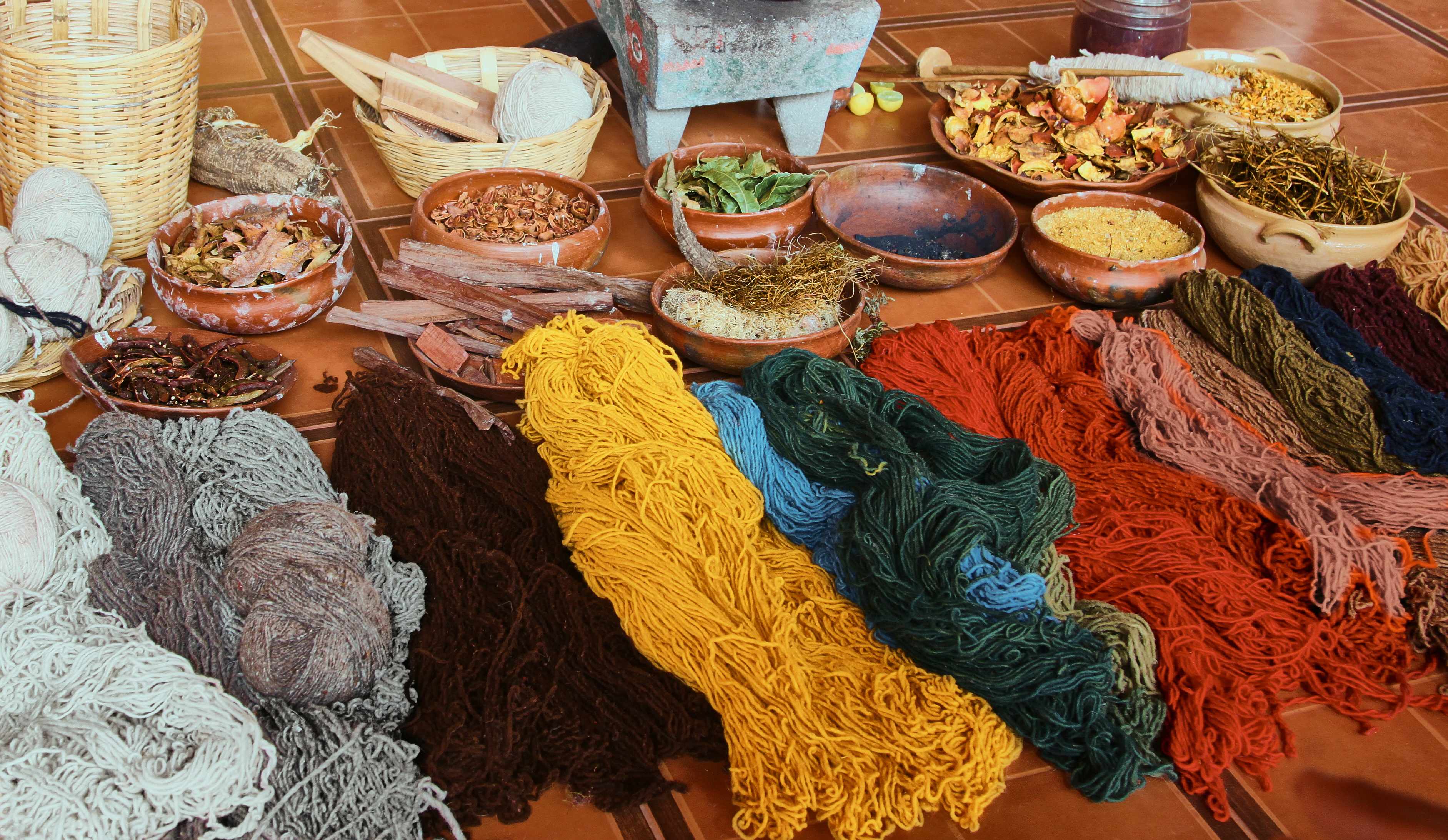
Brands should consider using natural dyes made from flowers and food waste. Luxury fashion brand Panagia is creating positive, sustainable waves in the industry. Pangaia's climate-positive strategy focuses on minimizing waste and enhancing efficiencies, with a special focus on lowering water usage. The company recently unveiled its newest capsule collection, in which the clothing was dyed using food waste materials rather than reactive dyes.
Renting Apparel
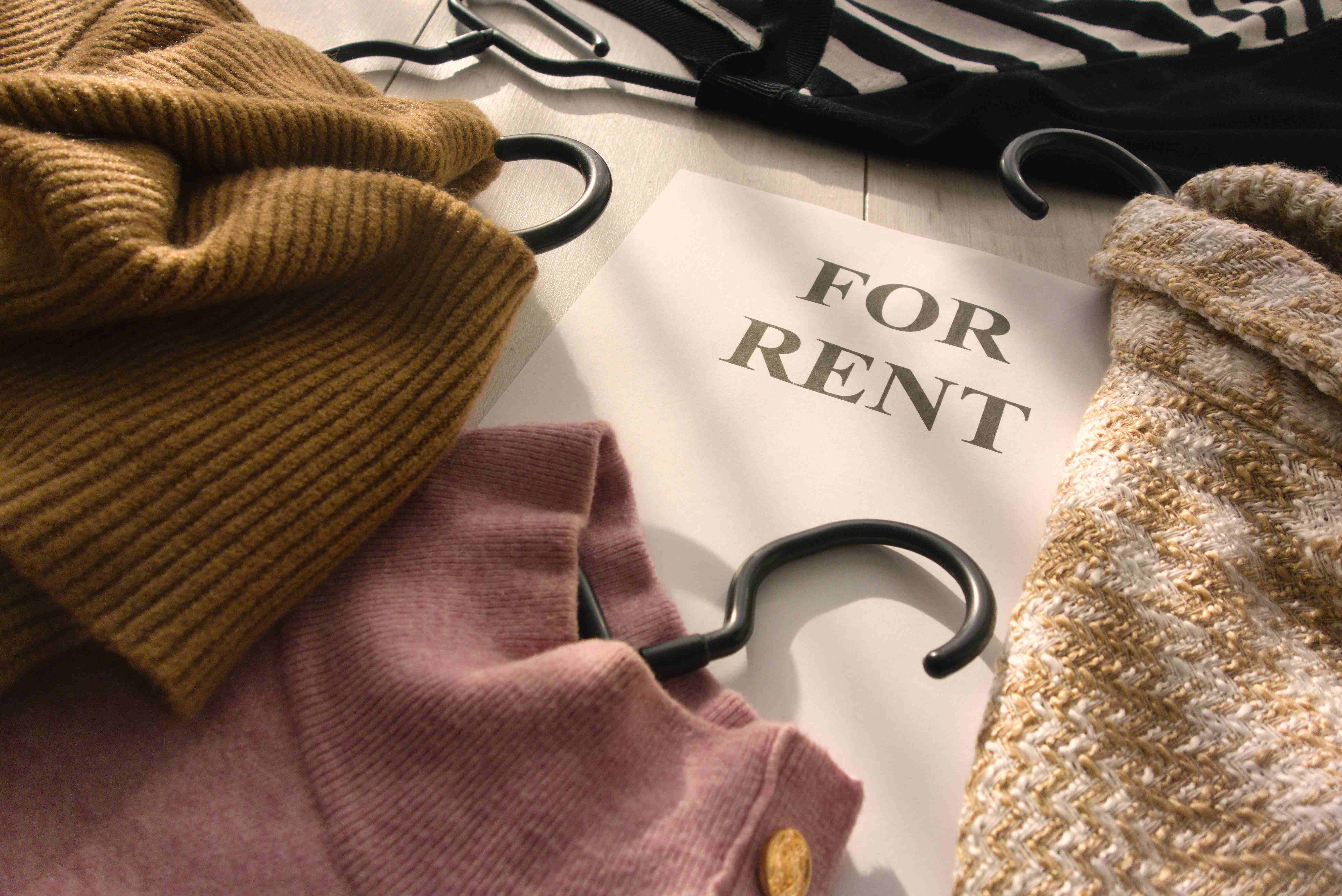
Brands can also adopt the rental module, also called collaborative fashion consumption, to reach an impactful sustainable fashion goal. Clothes sharing is intended to reduce the number of new purchases and clothing disposals, resulting in less waste overall. A company called Rent the Runway is based on the 'Rent a Closet' method of consumption, in which a customer borrows a garment rather than buying it. The fashion industry as a whole anticipates that the fashion rental business model will grow by more than 10% per year by 2027.
Recycled Fabrics
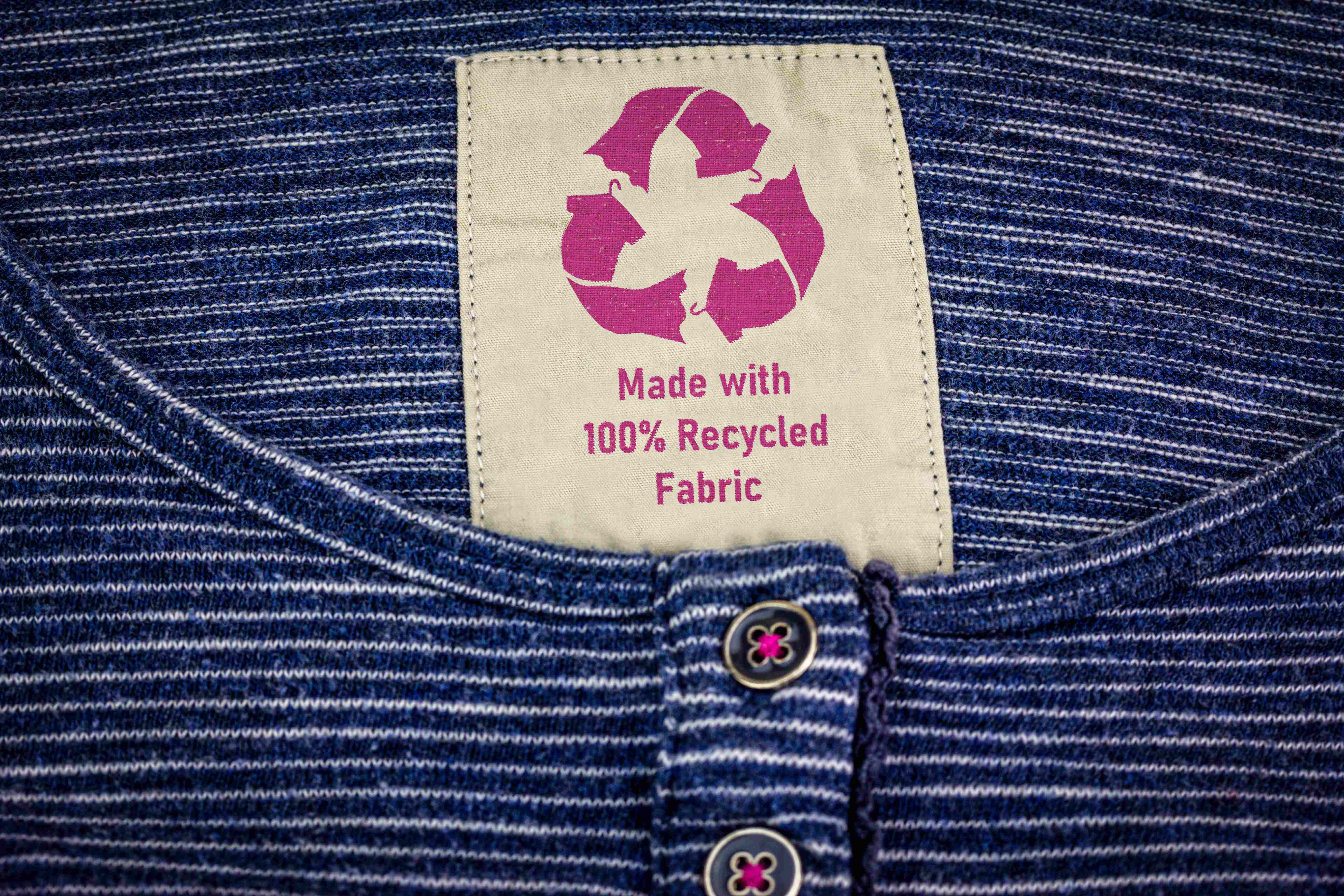
Fibers that have been recycled or reclaimed come from either pre- or post-consumer sources. Unused or unworn textile wastes from all the different manufacturing phases fall under the heading of 'pre-consumer.' Any item that has been worn or used and has (usually) been thrown away or donated to charities is considered post-consumer textile waste. They can be shredded into a fibrous form after being sorted for quality and color. These fibers can then be mixed with 'new' fiber, depending on the specification and end usage.
Upcycling
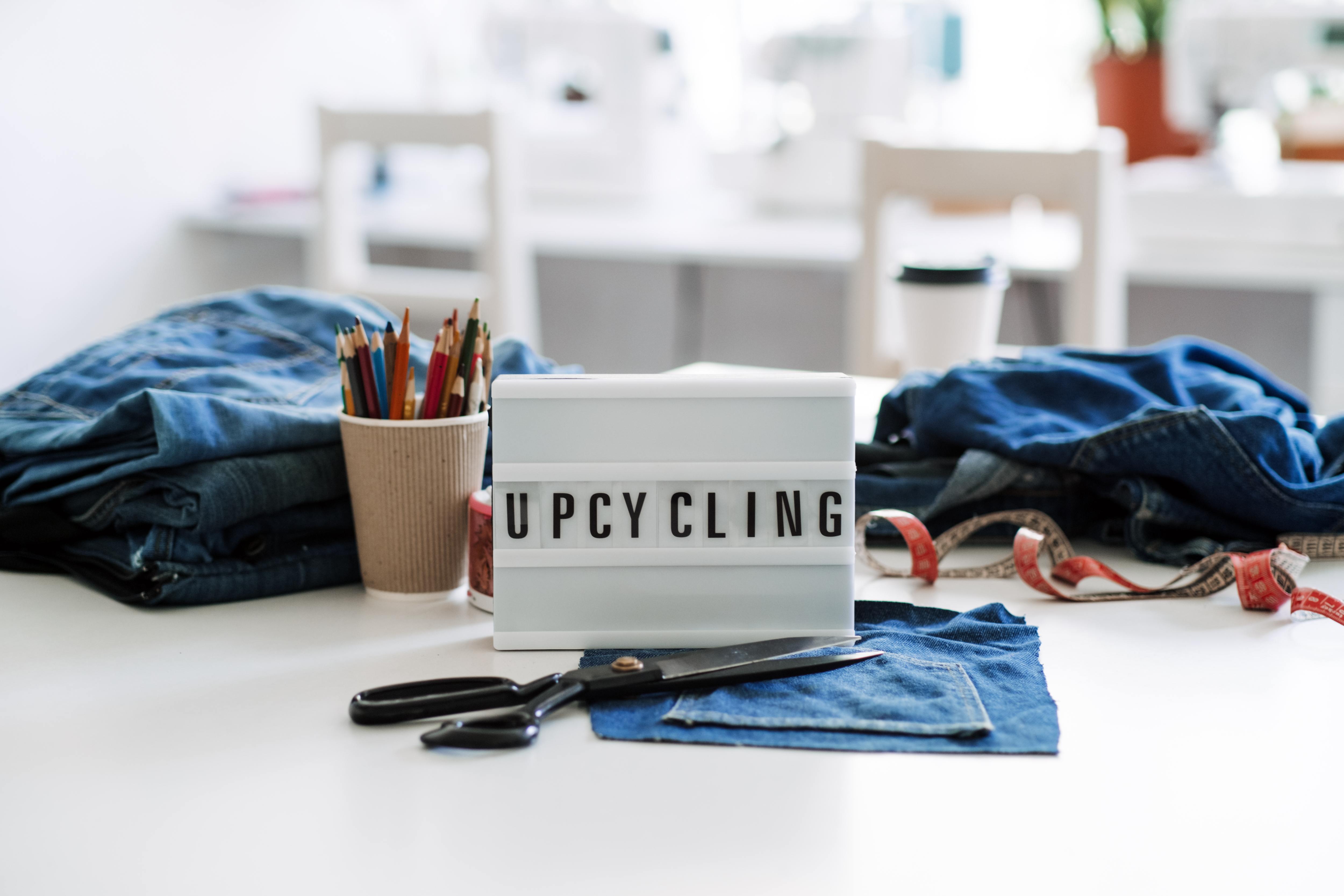
In the world of fashion, upcycling refers to the practice of turning unwanted and discarded materials (such as clothing or fabric scraps) into new or better products without sacrificing the worth or quality of the original material. Production waste, pre-consumer waste, and post-consumer waste are all included in the concept of textile waste. Upcycling aspires to create items that are ecological, reasonably priced, innovative, and artistic. For instance, shirts can be upcycled into a new product such as a one-of-a-kind hand-knotted rug, as opposed to downcycling, which involves turning used t-shirts into cleaning rags.
The Trend of Preloved Apparel

The fabrics that people already own can be reused sustainably. As a result, new business models promote the reselling, revival, and recirculation of old, vintage, or second-hand clothing to recycle clothing. Shopping for used or vintage clothing can help to reduce the number of clothes created, discarded, and dumped in landfills.
The Sustainable Creation
The journey of sustainability is a worthwhile one for any fashion brand. Persistence, creativity, and a drive to develop an environmentally friendly brand are important when it comes to embracing sustainable fashion. Fashinza offers all the support you need. From logistics to reaching out to the right distributors and manufacturers, Fashinza has got you covered. Visit us to book a demo now.
Key Takeaways
- The fashion industry is one of the leading causes of environmental pollution. It's high time for fashion brands to take concrete action.
- An in-depth study and research of the various sustainable modules must be conducted, and those sustainable modules must then be applied.
- Embracing sustainable fashion helps both the environment and the brand, as recycling and reusing fabrics are more cost-efficient.

















